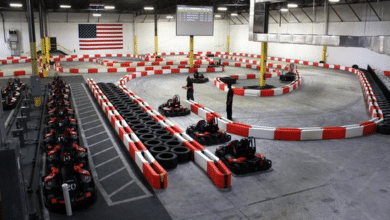Qatar 2022 cultural guide: The desert rose

By Javier Picazo Feliú
Doha, Oct 4 (EFE).- Qatar’s capital Doha is a modern city which has been completely reformed to host the 2022 FIFA World Cup.
But while it has undergone a recent technological development, its museums and galleries hold the essence of its history and traditions with a vast legacy to be explored.
Qatar’s National Museum, an architectural masterpiece of over 40,000 square meters (roughly 430,000 square feet), leads the country’s cultural scene offering visitors interactive exhibitions using the latest technological innovations.
Designed by French architect and winner of the Pritzker Prize, Jean Nouvel, the monumental building evokes the traditions and origins of the Qatari people in the symbol of the desert rose: a beautiful gemstone that forms as a result of the mix of sand, sea and strong winds.
The construction was completed in 2019 and built around the original palace of Sheikh Abdullah bin Jassim Al-Thani, his family home and seat of the government for 25 years. A visit to the palace is included in the museum’s visit.
The Qatari desert rose has an auditorium with a capacity of 220 people, restaurants, a research center, and a botanical garden.
A lake with 114 sculptures standing above the water that symbolize desert dunes surrounds the building and leads to the 1.5 kilometer-long exhibition. The museum has eleven galleries of random shapes that explore the country’s history and legacy, from its humble prehistoric beginnings to the golden age, boosted by oil and gas.
The museum is probably one of the most technological and interactive in the world, with high definition sounds and projections on the walls offering visitors a full immersion in the Qatari culture and history.
It is an experience for the senses but also deepens the understanding — with its nearly 8,000 pieces — of nomadic communities, the Bedouin people, animals, archaeological and heritage objects, manuscripts, photographs, jewelry, costumes and pearl fishing, once one of the main economic activities of the region.
The exhibition also showcases the Baroda pearl carpet, commissioned by the Maharaja of Baroda (India) in 1865 with more than 1.5 million pearls and diamonds, rubies, emeralds or sapphires set in gold. EFE
jpf/aef/mp





